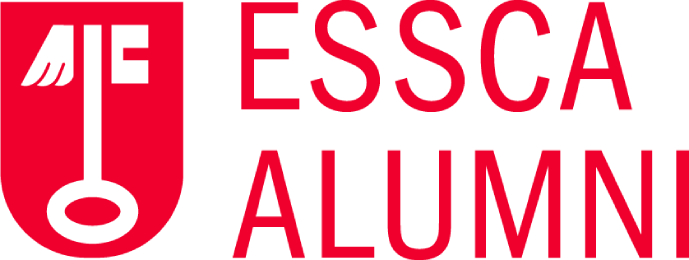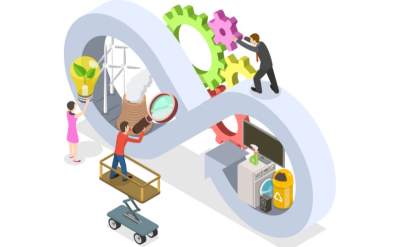News

Organizational agility: a few keys to understanding today's essential business practice
This article was originally published on Survey-Magazine in the section Chroniques "Les bonnes pratiques de la co-création" by Elodie Jouny-Rivier.
Organizational agility is a concept that is now firmly entrenched in the practices of many organizations, and proposed in numerous training programs. A recent McKinsey study shows that agile companies are 30% more profitable than non-agile companies.
What does being agile actually mean for an organization?
What tools and techniques can be used with it?
We take a closer look at this practice through the eyes of two experts, Diana Jimenez and Jean-Sébastien Lacam.
Organizational agility is an increasingly popular concept in organizations, even though it was first put forward by numerous researchers over 30 years ago. In an increasingly uncertain market context, it is constantly being renewed and transformed.
It is precisely in order to overcome this difficult economic environment marked by rapid change, strong uncertainty and hyper-competitiveness that companies must find ways to seize the opportunities offered to them, notably by developing their ability to react. As Jean-Sébastien Lacam, lecturer and researcher in strategy and management at ESSCA, explains:
"Agility is the organization's new ability to anticipate change and evolve, to transform itself in a coordinated way to achieve its new objectives and to perform, but this is done with the stakeholders, the employees, who will play an essential role ".
Agility requires the adoption of new processes and practices, and implies an element of risk, questioning and challenge. It's about not being afraid to turn things upside down, to pivot, to start from scratch, or even to stop the project.
This change of mindset is not easy for some organizations or employees, who are convinced that they know their customers and their market environment inside out. This posture requires the abandonment of certain beliefs and preconceptions that are sometimes rooted in the organizational culture.
Start-ups have understood this flexible, open attitude to their environment, taking into account the voice of the customer and stakeholders in the design of their offering. It's part of their DNA.
But what about large groups? How do you demonstrate organizational agility when you have over 10,000 employees, spread over dozens of departments and countries?
According to Diana Jimenez, founder of Weji Lab, the most important thing is to give teams autonomy, while trusting managers to trust their teams. This will reinforce the sense of motivation of employees, who will then evolve with a mindset that is ever more open to collective intelligence.
These soft skills need to be developed within the organization. Spotify is a case in point. One of the world's leading music streaming companies advocates working in small, autonomous project teams. There's no need to report regularly to superiors; projects simply need to be aligned with other squads and the company's overall strategy.
Tools for agility
Numerous training courses offered by business schools and universities for students, and by consulting firms for companies, aim to acculturate individuals to agile methods.
Scrum, hackathon, SAFe, lean, design thinking, open innovation, co-creation, facilitation, etc., all provide the methodological and mindset keys to implementing agility within the company. These tools also encourage the transmission of knowledge and experience between individuals.
... / ...









No comment
Log in to post comment. Log in.